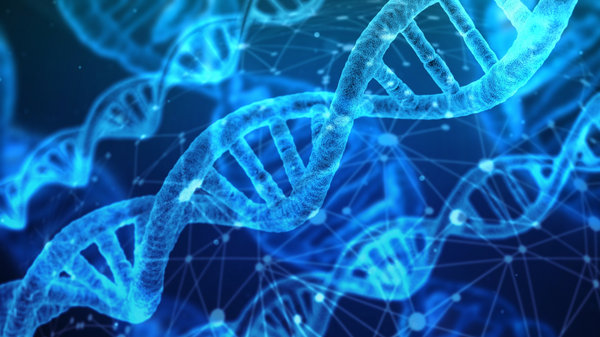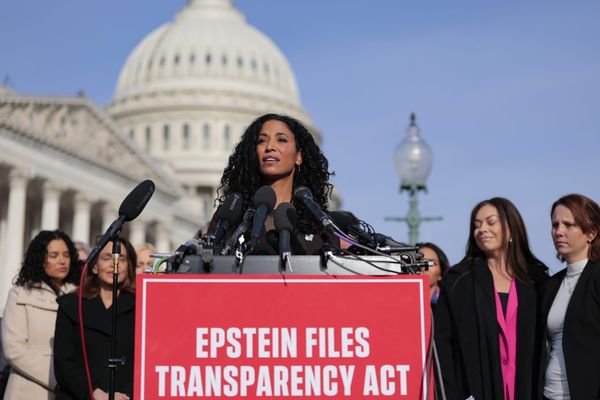
Just because our world doesn't treat women better, it doesn't necessarily mean that it doesn't feel good about them. In an illuminating study published in the Journal of Personality and Social Psychology, researchers uncovered a consistently favorable bias among participants — toward females.
As study author Paul Connor, now a postdoctoral scholar with the Adversarial Collaboration Project at the University of Pennsylvania tells Salon, "We found that the strongest driver of positive versus negative evaluations was the target's gender — people were much more positive towards the female targets than the male targets. The effect of gender was much stronger than the other variables, stronger than social class, race and age."
The second most persuasive factor? Social class.
The study of implicit bias looks at the unconscious motivators of our thoughts and behaviors towards certain groups, favorably or unfavorably. Implicit Association Tests (IATs) usually study bias through one particular lens, like race or age. For example, "In the classic IAT," explains Connor, "your task is simply, 'If you see a white face, press this key, if you see a Black face, press this key. If you see a positive word, press this key, and if you see a negative word, press this key.'"
This is a way of measuring attitudes towards something like, in this example, race, without actually asking directly. Few people will admit openly to having biases, and many people with biases are unaware they even have them; these tests measure bias by studying the subjects' unconscious minds.
"We're not actually asking you about your racial attitudes, we're trying to measure them by seeing, do you find it slightly easier to categorize these words and stimuli when white is paired with 'good' and when Black is paired with 'bad'?" Connor said. "We use this reaction time data to make an inference about somebody."
Notably, not every psychologist agrees that one's reaction time always correlates to bias. "This is why they're still controversial," Connor added. "There's been decades of research, and people are still arguing about what these effects really mean."
In any case, this recent study, a collaboration of scholars from Columbia University, Rhodes College, and the University of California, Berkeley, was unique because it attempted to interrogate "Intersectional Implicit Bias," and the ways in which different combined variables "operate in real-world settings."
The inspiration for the study came from a desire for a less binary evaluation of implicit bias.
"When we're interacting with other individuals in the world," says Connor, "we're at least perceiving their age, their gender, their race, their social class, all these things at once. We were asking, if we let people respond spontaneously to more complex targets — full body full color photographs of individuals so their race, their age, their gender, and their social class is visible via signals in clothing, etc.— which of these variables evokes the more positive response? Which of these complex target individuals do people find it easier to categorize, paired with positive stimuli? Which, with more negative stimuli? Can we tease apart the effect of race from the effect of social class from the effect of age, from the effect of gender? Can we look at the relative effects of those different variables? Are there interaction effects? Or is there sort of a specific subgroup that people are particularly positive towards or particularly negative towards, and just start to make the task a little bit more like real life in terms of responding to a more complex, multiply categorizable individual?"
"What we didn't know... is that gender is going to emerge as the most powerful predictor of people's biases."
And as Eric Dolan reported recently in PsyPost, the participants, culled from nearly 6,000 university undergraduates and American adults recruited from online platforms, clearly showed "female targets receiving more positive evaluations than male targets across all three methods used to measure implicit evaluations."
Connor observes, "What we didn't know is that if you let people respond spontaneously to complex targets, gender is going to emerge as the most powerful predictor of people's biases."
The results are intriguing, in no small part because of how "positive" words play a role in "positive" associations. Other implicit bias studies, focusing exclusively on gender, have produced other interesting conclusions. For example, a 2020 study published in Nature Human Behavior examining "women's under-representation in scientific fields" found an implicit "science = male" from scientific committees they evaluated. And a 2018 study from The European Journal of Finance found financial advisors assessed female investors having "less control over their investment portfolios relative to men, [and less] knowledgeable about investments than men." (In both studies, by the way, the participant pool was gender diverse.)
So if we think that "positive" means scientifically or financially astute, our perceptions of females still appear to lag. But other words have other associations.
"I don't want to go too far beyond the data, but I often am in the situation of reminding people that it's not super surprising that people would associate females with 'good' and men with 'bad,' if we're purely talking about positive words," says Connor. "The kind of words that are used in these tasks are things like, 'wonderful,' 'beautiful,' 'lovely,' and then the negative words are like 'horrible,' 'awful,' 'tragedy.'"
"I think that it's probably true that people do generally think women are better than men. "
That seems to be key to our understanding of this apparently pro-female bias. Maybe it's just that women seem nice.
"Although people have very strong gender stereotypes, I think that it's probably true that people do generally think women are better than men. Men commit most of the crime in society, men can be most of the violence. In all our art and literature, the villains are almost always men. Most of history's atrocities have been committed by men," says Connor. "I think it's not altogether that surprising that if implicit bias does function as this relatively automatic threat detection mechanism, that we may have evolved to respond very quickly to perceived threats in our environment. It's really not surprising that we would have relatively automatic negative associations with men — and relatively positive associations with women."







